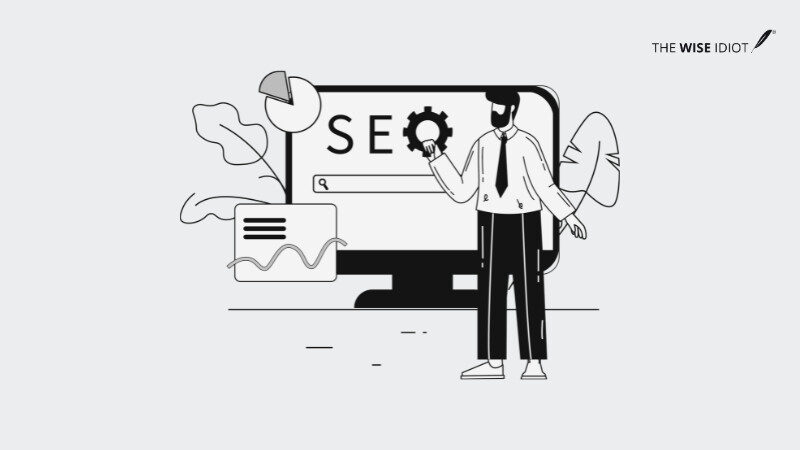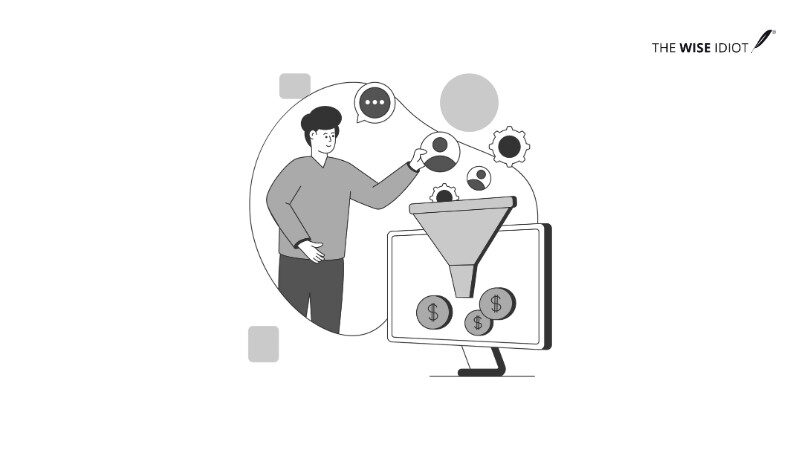If you’re running a B2B SaaS business, you’ve probably tried SEO hoping to get quick results. But when the leads didn’t start rolling in right away, you may have switched to paid ads instead. It’s a common story! SEO can feel slow, and when you’re moving fast, waiting isn’t easy.
But before you write off SEO, it’s important to know that it’s actually one of the most powerful engines for sustainable, long-term growth. When done right, SEO can bring in high-quality leads again and again—at a much lower cost than paid channels.
So, how do you make B2B SaaS SEO work for your business in 2025? Let’s break it down:
Why B2B SaaS SEO Is Essential for Long-Term Success
In B2B SaaS, sales cycles are long, decisions involve multiple stakeholders, and competition is fierce. SEO brings advantages that paid ads can’t match:
1. Lower Customer Acquisition Costs (CAC)
While paid ads drive quick traffic, CPCs keep climbing. SEO involves upfront effort, but once you start ranking, your cost per lead drops significantly. SEO-generated leads can cost as little as 10% to 30% of what paid media campaigns spend.
2. Sustainable & Compounding Growth
Unlike ads that stop producing when paused, SEO content continues to work for you. A well-ranking blog post or guide can generate leads for years. SaaS businesses that invest in B2B content marketing agencies often see compounding MQL and SQL growth.
3. Scalability Across the Buyer’s Journey
From awareness to decision, SEO supports every stage:
- Top of Funnel: “What is workflow automation software?”
- Middle of Funnel: Comparisons and case studies
- Bottom of Funnel: “Best workflow automation tools for enterprises”
4. Building Brand Authority & Trust
Consistently ranking for key queries builds brand recognition and trust. Your audience starts seeing your product as the go-to solution, making sales conversations easier.
For long-term authority building, consider platforms like The Wise Idiot to repurpose and syndicate expert content.
B2B SaaS SEO vs. B2C SaaS SEO
Unique Challenges in B2B SEO:
- Complex Search Intent: Educational, long-form content like whitepapers and guides
- Longer Sales Cycles: Multiple decision-makers and drawn-out evaluations
- Lower Volume, Higher Value: Targeted traffic with higher conversion value
While B2C SEO often focuses on traffic volume, B2B SaaS SEO focuses on high-intent, conversion-ready visitors and pipeline growth.
The 5 Pillars of an Effective B2B SaaS SEO Strategy
1. Technical SEO: Your Foundation
Make sure your website is fast, mobile-friendly, and free of crawling/indexing issues:
- Core Web Vitals
- Mobile-friendliness
- Schema Markup (FAQs, Reviews)
- XML Sitemaps and Robots.txt
2. Keyword & Content Strategy: Map the Funnel
Map keywords to stages of your B2B marketing funnel:
- Informational: “What is SaaS project management?”
- Comparative: “SaaS vs on-premise tools”
- Commercial: “Pricing of SaaS collaboration tools”
Tools like Semrush and Ahrefs help, but don’t ignore insights from your sales team.
3. On-Page SEO: Clear & Optimized Pages
Ensure every page clearly signals its intent:
- Strategic keyword placement
- Header and meta optimization
- Image alt text
- Internal linking (link to LinkedIn marketing services where relevant)
4. Off-Page SEO: Link Building with Authority
Earn links through:
- Guest posting
- Creating data-driven content
- Collaborations with influencers
SaaS sites with backlinks from trusted sources see up to 28% more organic traffic.
5. Conversion Optimization: Don’t Let Visitors Bounce
Once users land, convert them:
- Strong CTAs
- Landing pages aligned with keyword intent
- Social proof like testimonials and logos
- Behavioral tools (e.g., heatmaps)
A Step-by-Step Roadmap to B2B SaaS SEO
- Audit & Benchmark: Identify technical and content gaps
- Keyword Research & Content Planning: Use tools and real-world queries
- Content Creation & Optimization: Build trust with in-depth, actionable content
- Link Building: Focus on white-hat, high-authority links
- Monitor & Analyze: Track traffic, conversions, CAC, and B2B sales pipeline impact
How AI & Search Intent Are Reshaping SEO
- AI Overviews: Google now uses summaries for some searches—track when and how this affects you
- Generative Engine Optimization (GEO): Optimize content for inclusion in AI chatbot results
- Topical Authority Matters: Stick to your expertise and Ideal Customer Profile
Keep an eye on B2B marketing trends to stay ahead of algorithm changes.
Pitfalls to Avoid
- Giving up too soon
- Publishing duplicate or recycled content
- Over-relying on blogs and ignoring product or landing pages
- Keyword cannibalization
- Failing to update your strategy with algorithm changes
Wrapping It Up
B2B SaaS SEO isn’t a quick win, but it’s a compounding asset. With the right mix of technical SEO, content strategy, authority building, and conversion-focused UX, SEO can become your most reliable growth channel.
Feeling overwhelmed? Collaborating with a seasoned B2B content marketing agency can help you bypass trial and error and see faster, scalable results.
FAQs
1. How long does it take to see SEO results?
3–6 months for initial gains, with long-term compounding growth.
2. Is SEO still relevant with paid ads?
Yes—SEO delivers sustainable, lower-CAC growth even when ad budgets run dry.
3. What content works best for B2B SaaS SEO?
Content aligned with funnel stages: educational blog posts, in-depth comparisons, and product pages targeting high-intent keywords.









